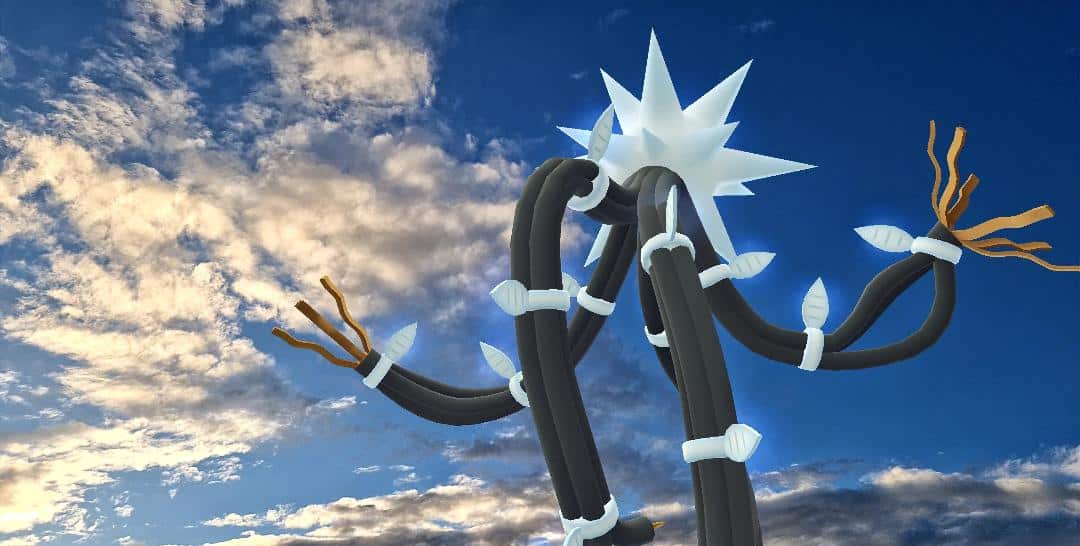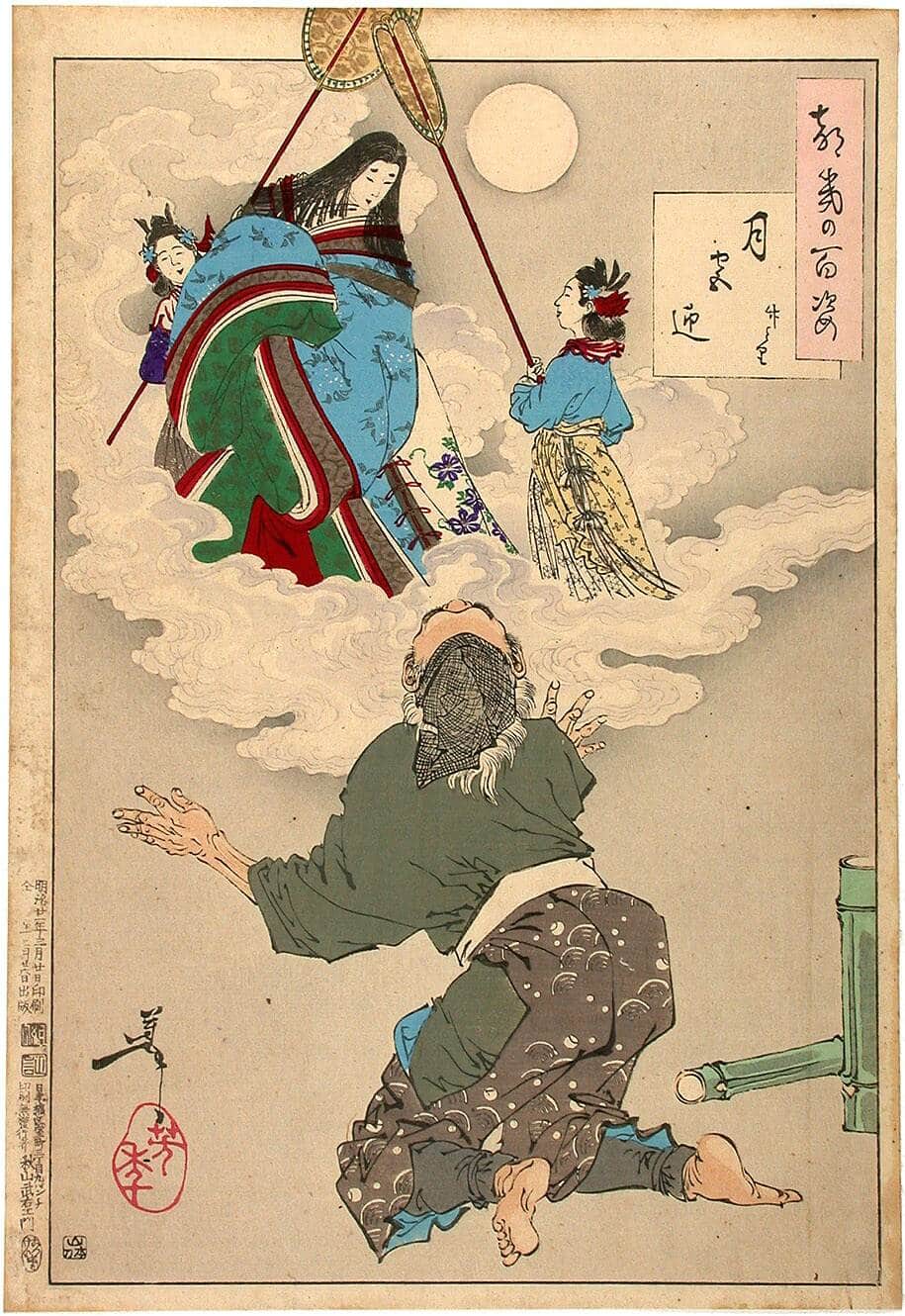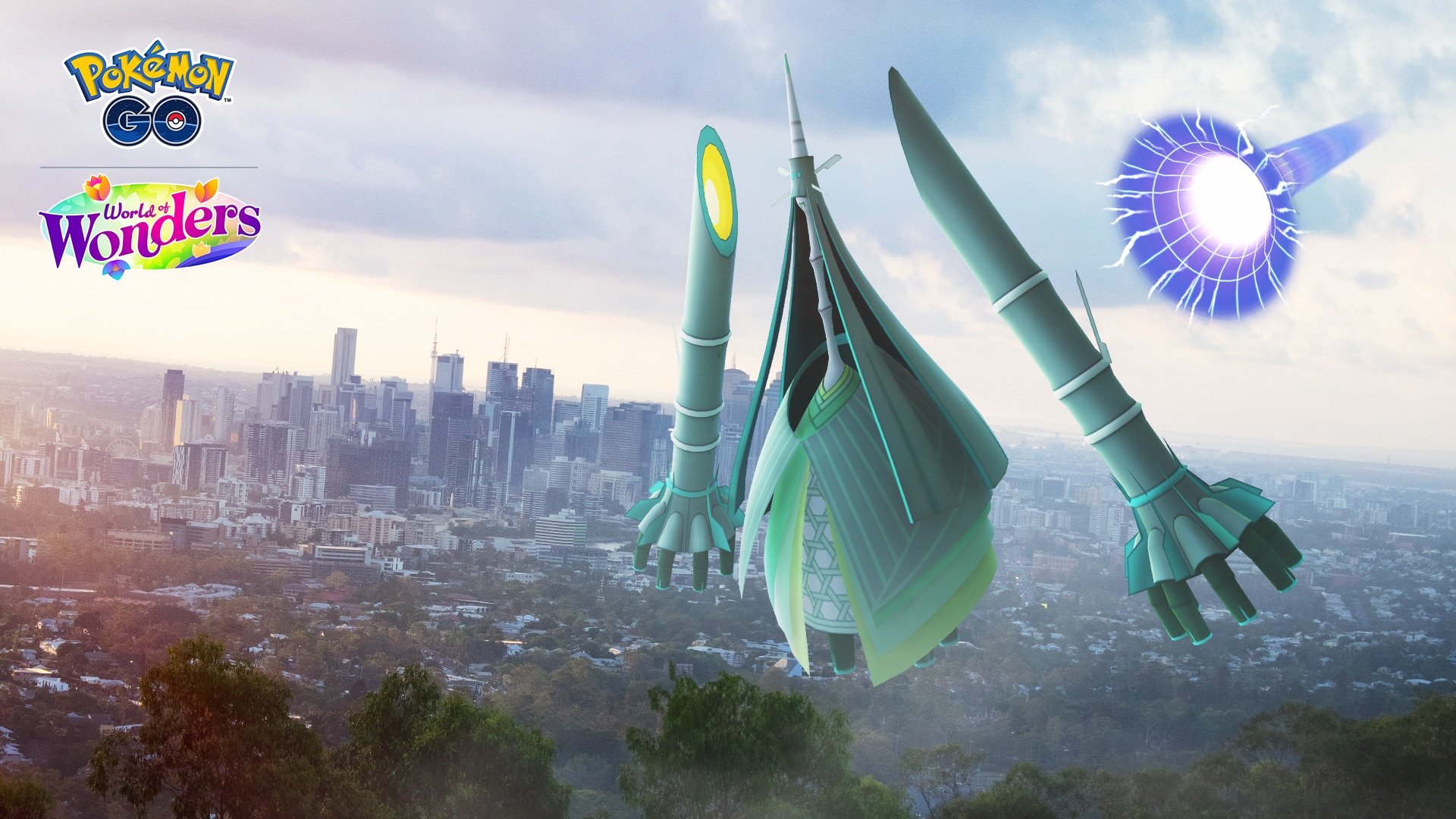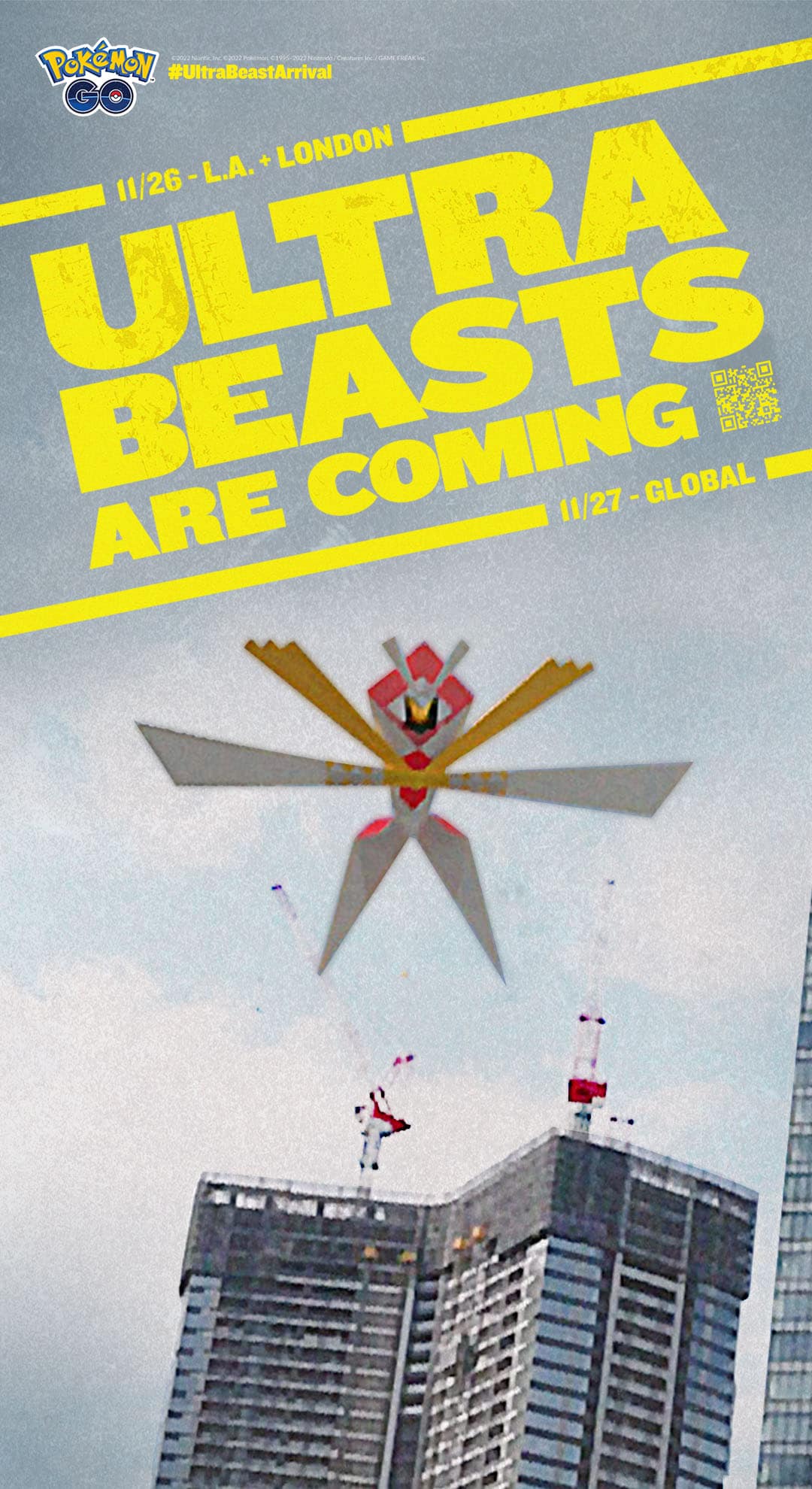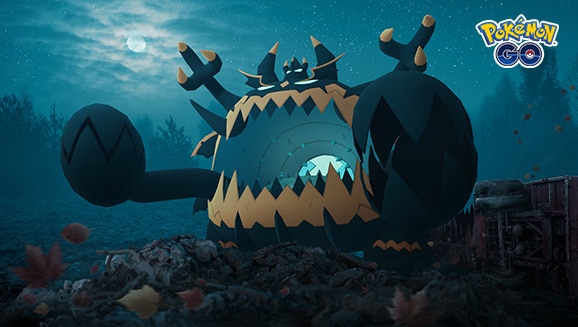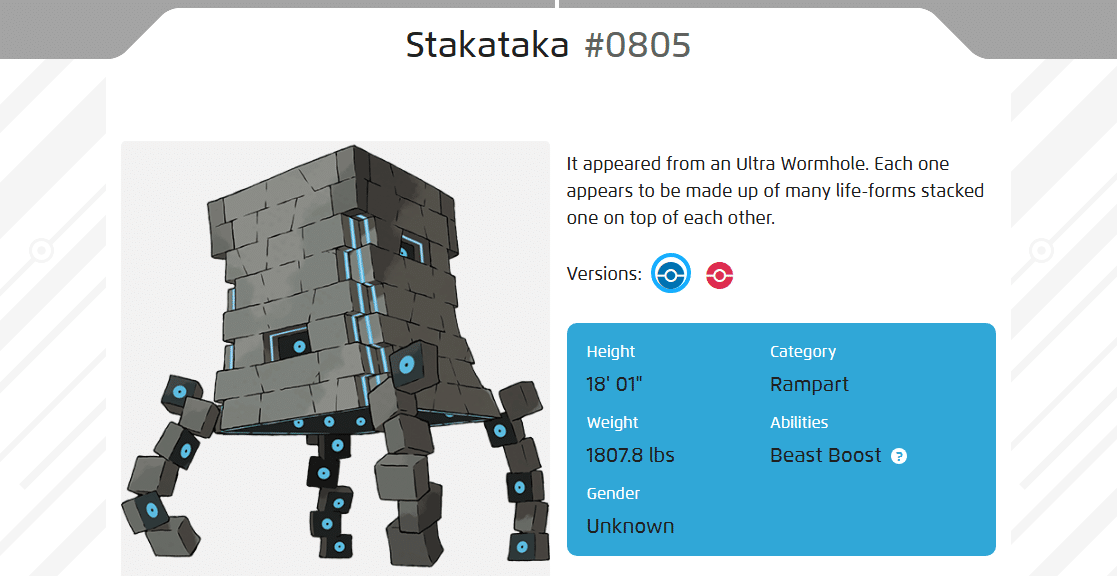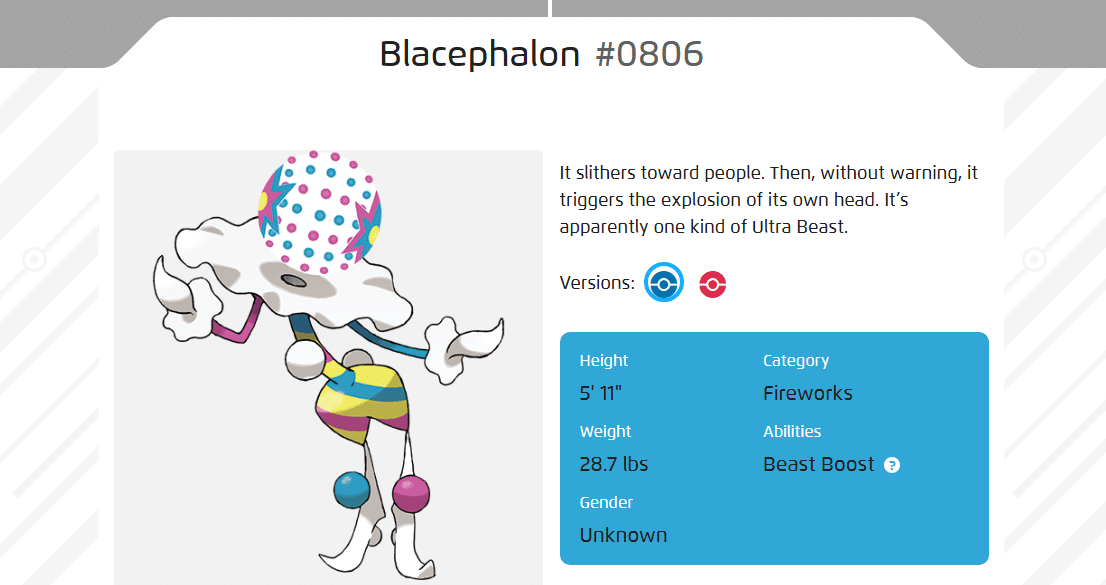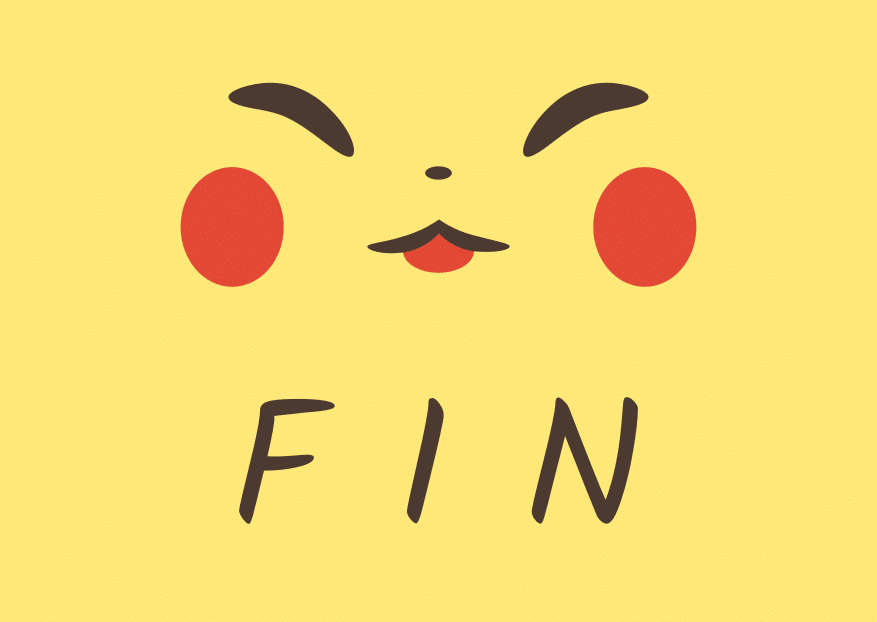Good day, Pokémon Trainers! Have you ever noticed how certain events in Pokémon GO give special attention to a single Pokémon or the community itself tends to hype a new Pokémon up? Have you ever wondered why this Pokémon specifically and what its origins are?
Well, that’s where the Dashing Design series comes in! I’ll be your guide as we take a look at the franchise history, concept, and potential design inspirations of specific Pokémon. And today we continue our look into all the Ultra Beasts in celebration of all the UB raids during the upcoming GO Fest. So feel free to check out part 1 or continue right here, as we continue our journey and look at every Ultra Beast!
Xurkitree
 Xurkitree
Xurkitree
For part 2 let’s jump right in with the analysis starting with Xurkitree. Xurkitree’s name leaves very little room for doubt as it’s a combination of Circuitry (Meaning a system of circuits, where circuits, simply put, are an enclosed path for electricity to flow) and Tree.
Source: Uploaded by GOHub Member kittypokemonsalot
Quite fitting as circuitry seems to be an amalgamation of electrical wires. Now that I am taking the time to take a greater look at it, it has quite a few interesting details. The white rings are meant to be cable clips, its “fingers” are copper internals, and its feet are power plugs. And of course, there’s the electric spark it has for a head, which is a common way to depict electricity in fiction. It also may take inspiration from a Tesla Sphere.
But Why A Tree?
Then, of course, comes the tree part. Xurkitree, with its long structure, gives the impression of a long tree. In particular, a Christmas Tree with its “electric head” representing the star put on top of such trees during Christmas. As to why it’s a tree made out of electrical wires, it may take inspiration from Electrical Transmission Towers. These are the long poles you see as you drive across a long road. They do sort of look like manmade trees.
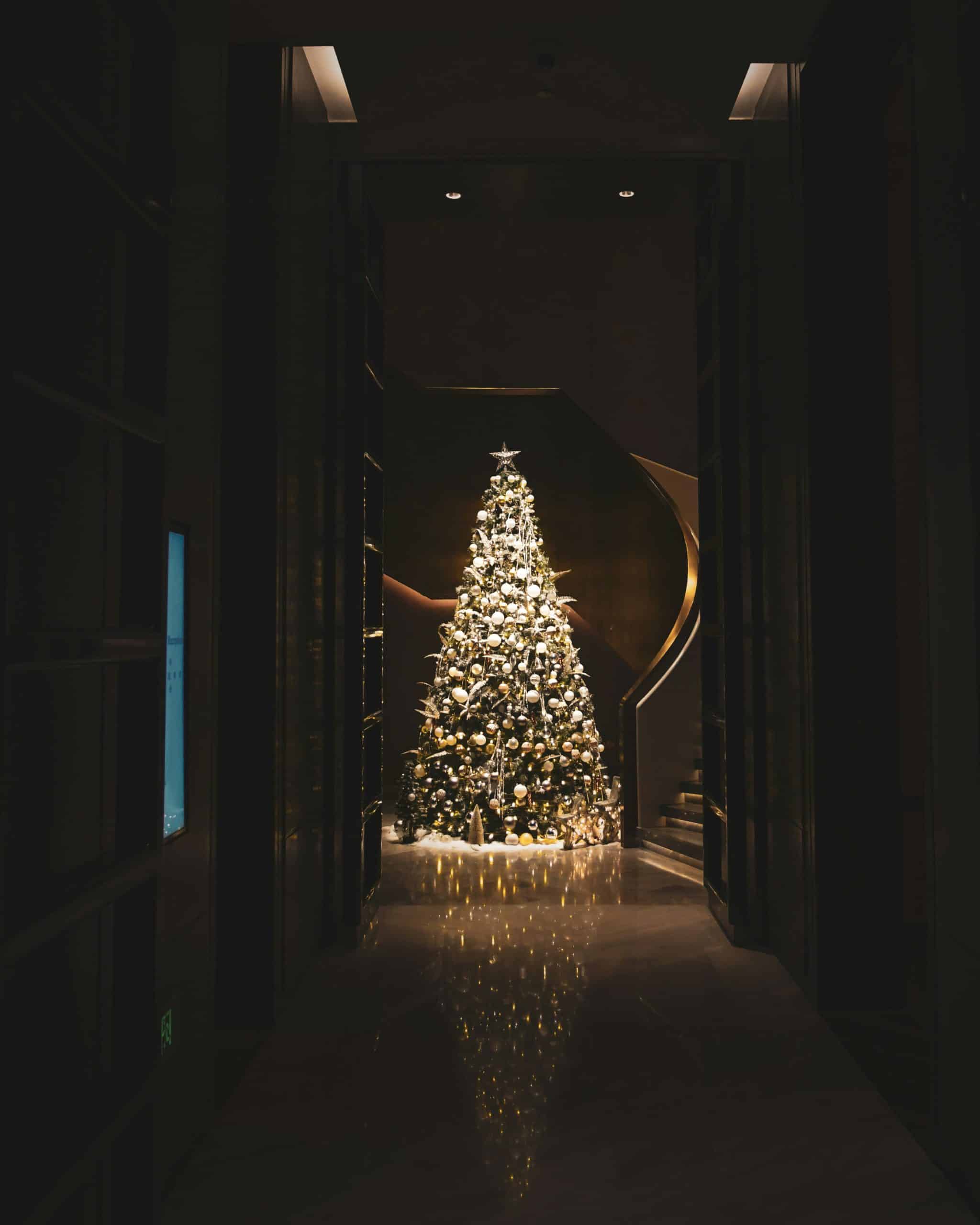
Another reason for Xurkitree being a circuit, tree is what we had previously discussed while looking at Buzzwole and Pheromosa. Ultra Beasts create a sense of unease and eeriness by combining things that typically represent opposites in our human world. In this case, a tree is a common symbol for nature and the natural world, whereas electrical wires and circuitry represent industry. And our method of collecting energy to generate power and electricity is generally thought of as the number one reason for the destruction of nature. Thus they are inherently opposites, presented with Xurkitree as one.
As a final note, Xurkitree among all of the Ultra Beasts, looks the most like a modern-day cryptid to me. Looking at it immediately made me think of the popular internet cryptid, Siren Head.
Celesteela
 Celesteela
Celesteela
Celesteela takes inspiration from multiple closely related concepts. Its name is a combination of Celestial (a term used to describe things related to the sky or space), Steel (A type of metal used as crafting materials), and Stella (Meaning star in Latin). The last part of the name also might allude to how many feminine names end with “A”. This becomes clearer with its Japanese name, Tekkaguya. Literally Tekka Kaguya, Gunfire Kaguya.
Princess Kaguya Returning to the Moon. Source: Public Domain Image Collected from Wikipedia
“The Tale of Kaguya Hime”, sometimes referred to as “The Tale of the Bamboo Cutter”, is an old Japanese folktale that remains popular to this day. It’s a tale where a childless old bamboo cutter and his wife find a baby inside of a bamboo pole. They raise the baby as their own. But after she grows old it turns out she’s the princess of the moon and must return to it. Many pieces of Japanese media, such as the anime and manga series “Kaguya-Sama: Love is War” and “Tonikaku Kawaii” take inspiration from it. Not only that, but there is a Studio Ghibli adaptation of the original tale and a Japanese spacecraft is also nicknamed after Kaguya.
Design
Source: Official Pokémon GO Season Banner
And that’s where Celesteela comes in. Celesteela’s arms are two bamboo poles, that are also rockets. As can be seen by the thrusters on the “hand” part of the arms. On the other hand, the main body seems to be a bamboo sprout, also with thrusters for legs. The outer layers of the sprout make it look like a ceremonial garb or dress. The outer layer also looks like a veil or hair. This gives the impression of a woman, thus the connection with Princess Kaguya. Well, there’s also the fact that the moon is in space, hence rockets.
Another potential inspiration might be “Bamboo Rockets”. Much like how children in the West might make toy rockets from cardboard or soda bottles, in countries where bamboo grows, they make rockets out of bamboo poles. Finally, the upper part of Celesteela’s body looks like a skeleton. That, along with the ceremonial styled clothing might allude to Mummification. The act of preserving the bodies of the members of royalty in certain cultures, such as Ancient Egypt. Perhaps this is actually a long-dead Princess. Though she’s certainly not a ghost type.
Kartana
 Kartana
Kartana
This Pokémon’s name is likely a combination of Card (A thick and stiff piece of paper typically used for writing or as a gift), and Katana (A type of Japanese Sword). The name could also take from the word “Kartan”, an old-timey word found in South Asian languages meaning “To Cut”. Its Japanese name Kamitsurugi is a combination of Kami (paper) and Tsurugi (sword). Kami, depending on how it’s written can also be translated as God or Deity. Thus Kartana might have to do with Shikigami, the act of binding a spiritual creature through a paper talisman.
Design
Source: Pokémon GO Promotional Image
But looking at Kartana, what we see is an Origami man, perhaps a Samurai. As evidenced by how its dex descriptions mention how sharply it can cut and its Steel type. As to why, perhaps because of the idea of paper cuts, when you cut yourself from the corners of pieces of paper. Or perhaps to contrast the softness of paper with the sharpness of a steel weapon.
Kartana is also part Grass type. This is more obvious, as paper is made from cellulose collected from trees. But it could also be because of the famous grass-cutting sword, that we took a look at while analyzing the design of the Sinnoh Lake Trio.
As a final note, much like Buzzwole and Pheromosa, Celesteela and Kartana are found in opposites of their game duologies. Celesteela is in Pokémon Moon and Ultra Moon, and Kartana is in Sun and Ultra Sun. Thus they might take from similar concepts. They are in some ways, opposites, one’s large, the other small. Keeping that in mind, Celesteela sort of looks like the giant monsters the protagonists fight, and Kartana the gain mechs protagonists ride on in “Sentai” shows such as Power Rangers, Super Sentai, and Kamen Rider. Or Kartana could itself be seen as a Sentai hero.
This makes even more sense when you consider how common of a trope a Samurai cleanly cutting through bamboo with their sword is. Like Sentai heroes assuredly defeating the monsters, and Kartana the mech potentially winning against Celesteela, the monster.
Guzzlord
 Guzzlord
Guzzlord
Guzzlord’s name is a combination of “Guzzle” (To eat something rapidly, greedily, and in a generally unpleasant manner), and “Lord” (A person in a position of power, similar to a king). Quite aptly named and very similar to its Japanese name, which combines words meaning “evil king” and “to eat repulsive things”.
Source: Pokémon GO Halloween Event Banner
Guzzlord is the epitome of nonsensically alien design. It’s all mouths! It’s a western styled dragon, but its mouth is most of its body, its tongue is a mouth, and even its pincer hands are sort of like mouths! Where does all of what it eats goes? It’s an endless void, a black hole. GUZZLORD WILL CONSUME THE WORLD!!
Ahem, getting a little ahead of ourselves here. So ya, Guzzlord is inspired by the typical Western fantasy dragon, it even has little winglike appendages. Though they are very small. What I find really fun is how it includes the “king” elements as well. It has a small crown. Except it’s a head. And that head is also wearing a crown! To be fair, this head seems to have some arms attached to it as well. And those are regular arms instead of being mouths as well.
As to why it’s designed like this, it’s based on the evil greedy king stereotype found in all sorts of fiction old and new. And this trope has lots of real-life examples as well. Consider figures such as Louis XVI, among many many others. Symbols of excessive consumption and debauchery as their people suffered and starved.
Stakataka
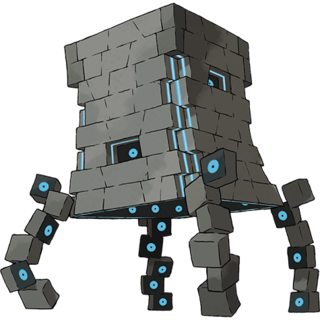 Stakataka
Stakataka
The last two UBs are comparatively simpler in my opinion. Stakataka’s name is a combination of “Stack” (To pile things on top of each other) and “Attacker” (Someone who attacks or harms another, typically in the form of combat).
Source: Official Site
Quite fitting, as Stakataka looks like a castle wall or medieval fort. Except each brick in this medieval-looking construct is sentient. Medieval castles and forts were built strong, to act as a shelter during an invention, and many of them hold strong to this day. So perhaps there is some irony in the fact that each brick in Stakataka is a sentient organism that can move independently thus changing Stakataka’s form. Quite different from the ever-standing medieval towers.
Old Castle in Cyprus. Source: Photo by Sergei Gussev on Unsplash
This makes Stakataka a moving fortress. And moving fortresses are pretty common in fantasy fiction as well. Since we were talking about Studio Ghibli before, there is there famous movie “Howl’s Moving Castle”.
Blacephalon
 Blacephalon
Blacephalon
Blacephalon’s name is apparently a combination of Blast (To explode) and Encephalon (Meaning Brain). A very special thanks to Bulbapedia for this, because I wasn’t gonna figure this one out otherwise. Their Japanese name is also fantastic as it literally translates to “Head Go Boom”. Though to add to this I think both its English and Japanese name (Zugadoon) sound similar to Balloon.
Which, if all of this didn’t make it obvious is referring to Blacephalon’s explosive head. According to the Ultra Sun Pokédex:
Source: Official Site
Its explosive head and its colorful figure harken to the image of a clown. Clowns perform various party tricks involving balloons, explosions, and popping things. Other than that, to me, Blacephalon’s head also looks like a disco ball to me. So you can see Blacephalon’s colors as a result of the disco ball’s light. And it does always dance around in its animations, and that is what people do under a disco ball!
And there we go! A look at every Ultra Beast. I know I’ve said it multiple times during these analyses, but I absolutely love how the Ultra Beast designs combine seemingly normal things from our world to create these alien creatures. This was initially meant to be a brief look at each one of them, but it’s a testament to Pokémon’s design that each and every Ultra Beasts have so many clever details and inspiration to talk about. And this is why, the Ultra Beasts designs, are quite dashing!
Goodbye for now, Pokémon trainers. Priom-out!


